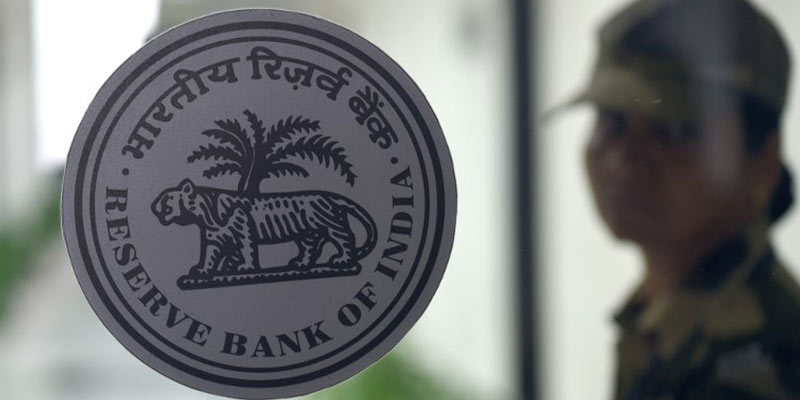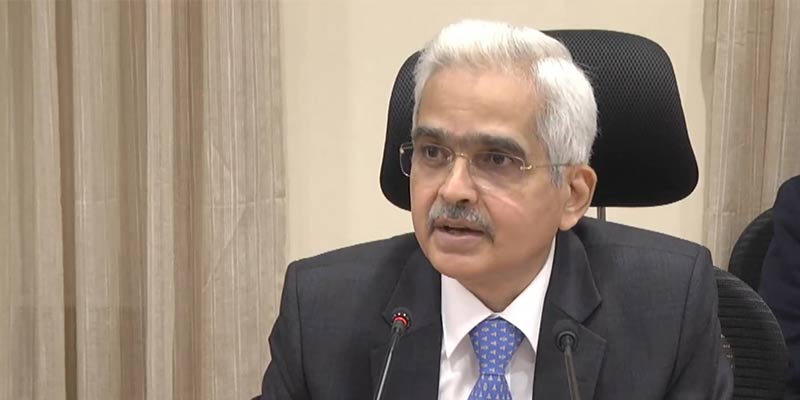- India
- Aug 05
RBI raises repo rate by 50 bps to 5.4%
• The Reserve Bank of India (RBI) raised the benchmark repo rate by 50 basis points to 5.40 per cent with immediate effect to tame inflation while supporting growth.
• Repo rate, which is also known as the benchmark interest rate, is the rate at which the RBI lends money to the banks for a short term. Reverse Repo rate is the borrowing rate at which RBI borrows money from banks for a short term.
Why MPC hiked repo rate?
• All the six members of the Monetary Policy Committee (MPC), headed by RBI governor Shaktikanta Das, unanimously voted for the rate hike.
• With inflation expected to remain above the upper threshold in Q2 and Q3, the MPC stressed that sustained high inflation could destabilise inflation expectations and harm growth in the medium term. The MPC, therefore, judged that further calibrated withdrawal of monetary accommodation is warranted to keep inflation expectations anchored and contain the second-round effects. Accordingly, the MPC decided to increase the policy repo rate by 50 basis points to 5.4 per cent.
• With the latest hike, the repo rate or the short term lending rate at which banks borrow has crossed the pre-pandemic level of 5.15 per cent. This is the third consecutive rate hike after a 40 basis points in May and 50 basis points increase in June. In all, the RBI has raised the benchmark rate by 1.40 per cent since May this year.
Assessment of the global economy
• Since the MPC’s meeting in June, the global economic and financial environment has deteriorated with the combined impact of monetary policy tightening across the world and the persisting war in Europe heightening risks of recession.
• Gripped by risk aversion, global financial markets have experienced surges of volatility and large sell-offs.
• The US dollar index soared to a two-decade high in July. Both advanced economies (AEs) and emerging market economies (EMEs) witnessed weakening of their currencies against the US dollar. EMEs are experiencing capital outflows and reserve losses which are exacerbating risks to their growth and financial stability.
• Successive shocks to the global economy are taking their toll in terms of globalised inflationary surges, tightening of financial conditions, sharp appreciation of the US dollar and lower growth across geographies.
• Multilateral institutions, including the International Monetary Fund (IMF), have revised global growth projections downwards and highlighted rising risks of recession.
• Disquietingly, globalisation of inflation is coinciding with deglobalisation of trade. The pandemic and the war have ignited tendencies towards greater fragmentation, reshoring of supply chains and retrenchment of capital flows, which will pose long-term challenges for both globalisation and the global economy.
Scenario in India
• The Indian economy has naturally been impacted by the global economic situation. We have been grappling with the problem of high inflation. Financial markets have remained uneasy despite intermittent corrections.
• India is expected to be amongst the fastest growing economies during 2022-23 according to the IMF, with signs of inflation moderating over the course of the year. Export of goods and services together with remittances are expected to keep the current account deficit within sustainable limits.
• Spillovers from geopolitical shocks are imparting considerable uncertainty to the inflation trajectory. More recently, food and metal prices have come off their peaks. International crude oil prices have eased in recent weeks but remain elevated and volatile on supply concerns even as the global demand outlook is weakening. The appreciation of the US dollar can feed into imported inflation pressures.
• The depreciation of the Indian rupee is more on account of the appreciation of US dollar rather than weakness in macroeconomic fundamentals of the Indian economy. Market interventions by the RBI have helped in containing volatility and ensuring orderly movement of the rupee.
• India’s external sector has weathered the storm while navigating through the recent global spillovers. Merchandise exports grew in April-July 2022 while merchandise imports surged to record high on the back of elevated global commodity prices.
• Taking into account these factors and on the assumption of a normal monsoon in 2022 and average crude oil price (Indian basket) of $105 per barrel, the inflation projection is retained at 6.7 per cent in 2022-23, with Q2 at 7.1 per cent, Q3 at 6.4 per cent, and Q4 at 5.8 per cent.
• The real GDP growth projection for 2022-23 is retained at 7.2 per cent, with Q1 at 16.2 per cent, Q2 at 6.2 per cent, Q3 at 4.1 per cent, and Q4 at 4.0 per cent.
Manorama Yearbook app is now available on Google Play Store and iOS App Store


